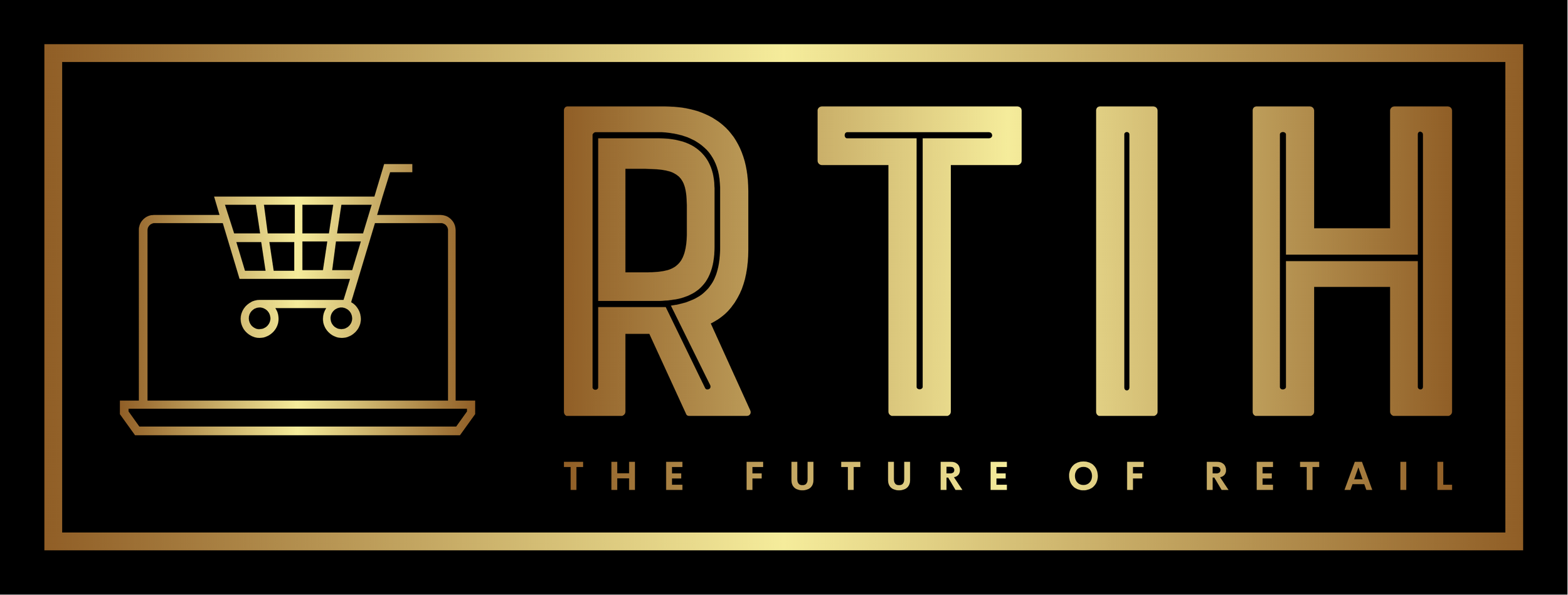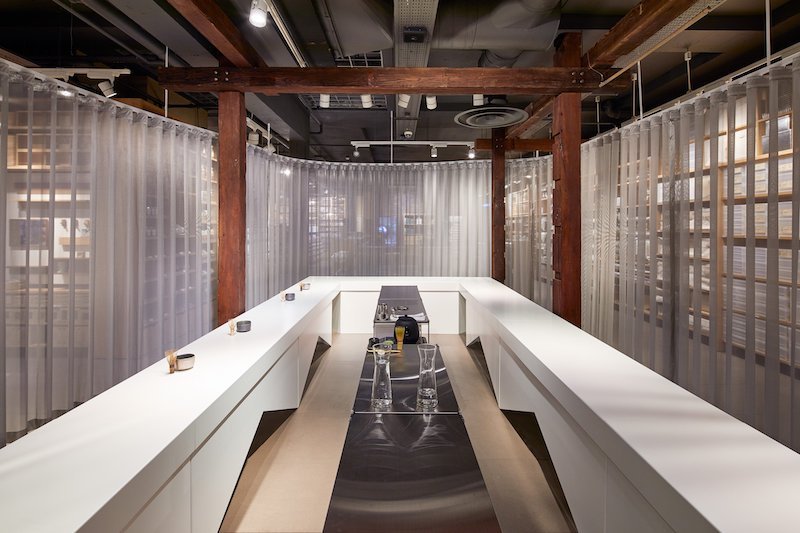Check out these top retail technology trends for 2024
Step right into the retail scene of 2024! It feels like boarding a rollercoaster of innovation, with dramatic shifts that redefine our shopping and brand interaction. Whether you manage a small boutique or a major chain, staying updated on these tech trends is crucial for survival in this rapid industry.
This year highlights trends that impress customers and streamline operations, opening new growth opportunities. AI is transforming customer service, while integrated shopping hubs are becoming more prevalent.
These technologies are crafting a seamless and efficient retail environment. Let's explore the exciting developments of 2024 that are useful for tech enthusiasts and those curious about future shopping experiences.
Key trends driving retail technology investments
2024 is a pivotal year for retail technology investments. We are seeing influential trends that guide financial commitments in the sector. Here's what's shaping the landscape:
Phygital Commerce
The boundary between online and offline shopping is fading. In this hybrid model, physical and digital shopping converge to enhance the consumer experience. Imagine entering a store, selecting a jacket, and using an in-store tablet to customize and order it.
Moreover, innovations like cashierless store technology are further blurring these lines, providing a seamless shopping journey by eliminating the traditional checkout process. This blend of physical shopping joy and digital convenience is reshaping consumer expectations.
Frictionless Delivery Systems
Efficiency is paramount in today's delivery systems. Retailers are leveraging advanced logistics technology to ensure quick and seamless delivery. Drones and optimized warehouses reduce waiting times, improving customer satisfaction.
Mobile and Social Shopping Platforms
Mobile devices are becoming essential shopping tools. Retailers are optimising their mobile apps and integrating social media, making shopping easier on platforms like Instagram or TikTok. This approach aligns with modern shopping habits and attracts younger consumers.
AI and Hyperpersonalisation
AI enables a tailored shopping experience, suggesting handpicked products for each customer. This technology makes every visit feel unique and personal, whether online or in-store.
Metaverse Experiences
Virtual and augmented reality are revolutionising shopping. These technologies allow virtual try-ons, immersive fashion shows, and 3D product previews. Retailers are embracing these innovations to engage customers in unprecedented ways.
Retailers' software spending and prioritisation in 2024
The retail sector is aggressively investing in technology. Let's examine the focus of these investments:
Insights on Cash Flow
Retailers strategically invest in technology that enhances customer experiences and streamlines operations. Significant investments are going into Big Data, AI tools, and advanced customer service platforms.
Marketing and IT Spending
Marketing focuses on automation and personalisation. IT prioritises securing customer data and ensuring system compatibility. Investments aim to enhance security and operational capacity.
Retail Management Software
Essential to daily operations, retail management software is receiving considerable attention. It supports operational efficiency and provides valuable business insights.
Software buying regrets and challenges
Despite the focus on technology, not all investments yield positive results. Common issues include:
Integration Challenges
Many retailers face difficulties integrating new systems with existing workflows. Sometimes, features that seemed promising during demos do not deliver as expected.
Training and Onboarding
Effective use of new software often requires extensive training. Underestimating this need can lead to poor adoption and frustration among staff.
Technical Support Issues
After installation, ongoing support is critical. Poor vendor support can exacerbate minor issues, impacting operations and customer service.
Strategic responses to market challenges
Retailers must adapt quickly to changing consumer expectations and market conditions:
Adapting to Customer Expectations
Retailers are using technology to offer personalised and efficient shopping experiences. Integrating online and offline elements is crucial for a seamless customer journey.
Data Management and Privacy
As data collection increases, so does the focus on security. Retailers invest in robust IT security to protect customer information and build trust.
Engaging Gen Z Shoppers
Retailers target Gen Z by emphasising sustainability and authenticity. They are also leveraging social media for marketing and direct sales.
Recommendations for software providers
Software providers should focus on understanding retail needs and delivering valuable solutions:
Tailored Solutions
Providers should design features that address specific retail challenges. Customizing solutions for various market segments can lead to better adoption and effectiveness.
Minimising Buyer's Regret
Prioritizing user experience, reliable functionality, and excellent post-sale support can enhance customer satisfaction and loyalty.
Effective Marketing
Clear communication of benefits, showcasing success stories, and using a mix of traditional and digital marketing strategies can attract the right customers.
Conclusion
The year 2024 marks a significant evolution in retail technology. From blending digital and physical shopping to leveraging AI for personalisation, these trends are transforming the retail landscape.
For retailers and software providers, embracing these innovations is key to staying competitive and leading the market. As we advance, technology will continue to be a catalyst for growth and innovation in retail.
For more insights on how technology is driving success in the retail industry, visit our detailed coverage here.



































Continue reading…